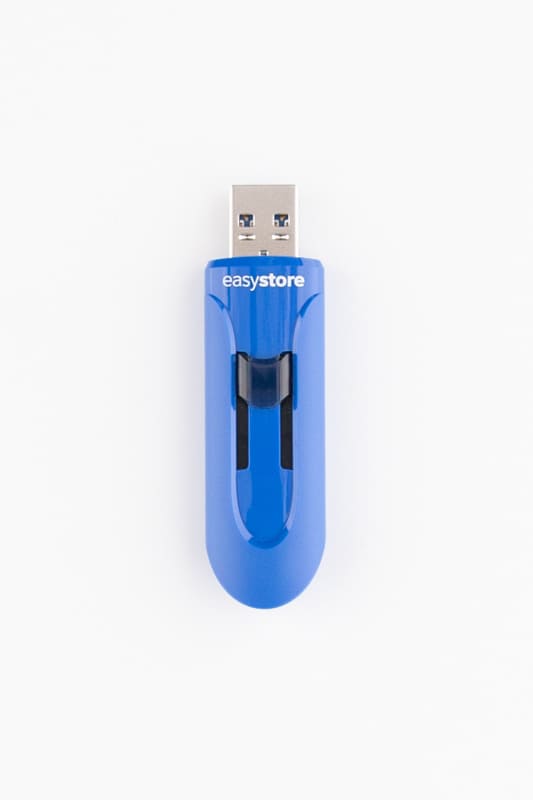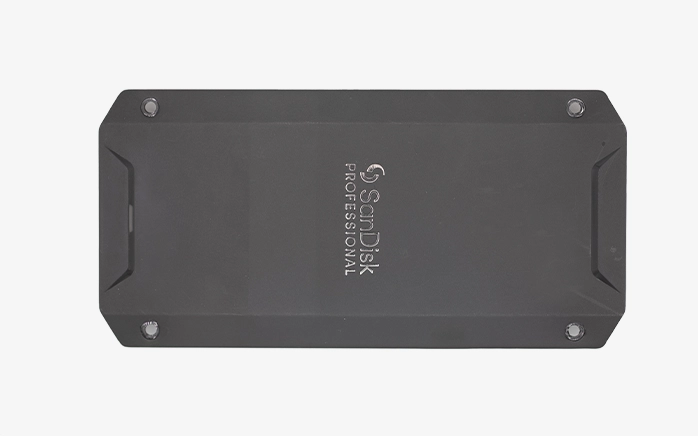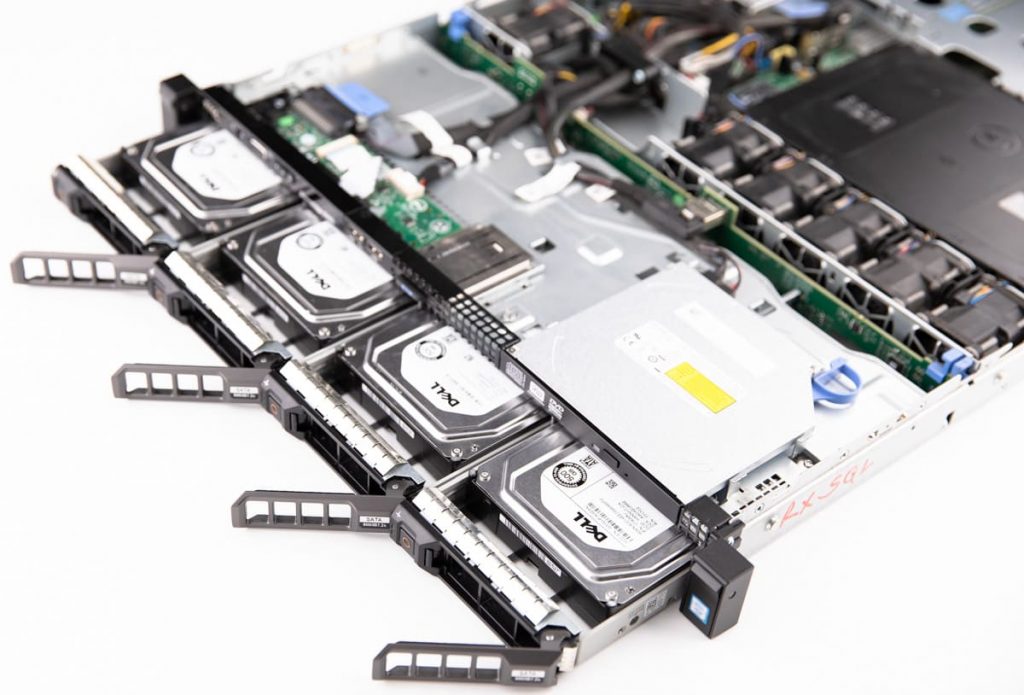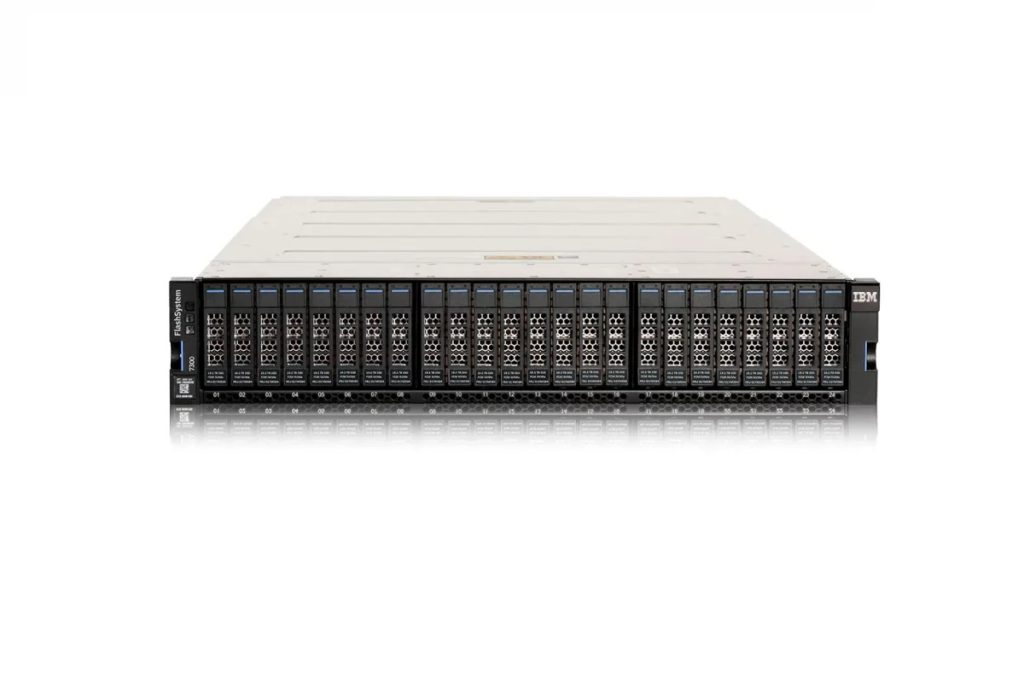Data loss can be a frustrating experience, especially when you need to access important information from your flash drive. One of the most common reasons for data loss from flash drives is when the computer does not recognize the device.
There are several causes why a USB device may stop being recognized by a computer. Sometimes, it may be due to a faulty USB cable or a malfunctioning USB port. In other cases, it may be due to a software issue, such as a corrupted driver or a conflicting operating system update.
What to Do if Easystore Drive is Not Recognized
When a USB drive is not recognized, it is important not to panic. There are several things you can try before resorting to a recovery company:
Try a different USB port
Sometimes, the problem is with the USB port itself. Try plugging the flash drive into a different USB port on your computer appliance to see if it’s recognized.
Try a different computer
If the flash drive is still not recognized on your computer, try plugging it into a different one. This will help you determine if the problem is with the flash drive or your computer’s USB ports.
Check the USB cable
Sometimes, the cable can be the culprit. If your flash drive is an external hard drive or a USB drive with a detachable cable, try using another USB cable to connect it to your computer.
Restart your computer
Sometimes, a simple restart can solve the problem. Try restarting your computer with the flash drive plugged in and see if it is recognized.
Check Device Manager
Open your computer’s Device Manager and see if the flash drive is listed. If it is not, it could be a driver issue. Try updating the driver or reinstalling it.
Check for hardware issues
If none of the above solutions work, the flash drive may have a hardware issue. Check for any physical damage or wear and tear on the flash drive. If it is damaged, you may need to replace it.
If none of these solutions work, contacting a professional data recovery service like PITS Global Data Recovery Services is best. We can help diagnose the issue and provide a safe and effective solution to recover your lost data.
Our Recent Easystore USB Flash Drive Recovery Case
Recently, we had a client who reached out to us because he could not access his data from his WD Easystore flash drive. His computer did not recognize the USB drive, and he worried that he had lost all his important files. We immediately started our evaluation process, which involved thoroughly examining the device to determine the cause of the problem.
Evaluation Process
In this case, we found that the client’s Western Digital Easystore flash drive was not showing up in disk management, which is where all the storage devices on the computer are listed. This meant that the computer was not recognizing the device, and we needed to determine why. We first checked the USB cable and port, but they both functioned correctly.
We then checked the USB Root Hub and Universal Serial Bus Controller, which are responsible for managing the connections between the USB devices and the computer. Both of these devices were functioning properly, ruling out any hardware-related issues.

The next step was to check the file system on the flash drive. We found that it was in good condition, which meant that the issue was not related to a corrupted file system. We then checked the WD Easystore’s Simple Volume in the disk management. We assigned a drive letter and performed a reboot of the computer. This solved the issue and allowed us to access the client’s data.
Once we had successfully recovered the client’s lost data, we provided a verification session to ensure all recovered files were intact and functional. The client was relieved to see that all of his files had been recovered, and he could continue working without losing any important information.
Advantages of Our Easystore Flash Drive Recovery
There are many advantages to using the services of a professional data recovery company like PITS Global Data Recovery Services. Our team has the knowledge, skills, and tools to diagnose and recover data from various storage devices, including USB flash drives and WD external hard drives.
We also offer 24/7 emergency services for critical situations, ensuring our clients get help. Our data recovery process is precise and accurate, ensuring that our client’s data is recovered safely and effectively. We also provide verification sessions to ensure that all recovered data is intact and functional, giving our clients peace of mind that their data is secure.
Another advantage of using our data recovery services is our commitment to data security and confidentiality. We understand the importance of keeping our clients’ data secure, which is why we have strict protocols and procedures to ensure that all recovered data is kept confidential and secure. We also provide our clients with detailed reports on the recovered data, giving them a clear understanding of what was recovered and ensuring that their privacy is protected.
Why Choose Us
PITS Global Data Recovery Services delivers premium data recovery solutions with a focus on quality and individual care for every case. As a DUNS-verified business, we are committed to excellence, ensuring 100% customer satisfaction. Our tailored service options suit a range of recovery needs and budgets. For critical situations, we offer emergency data recovery, restoring data quickly and reliably without compromising quality.

If you’re facing a data loss situation, don’t hesitate to contact us. Our 24/7 data recovery services are available to you, 365 days a year. Let us help you recover your precious data today.

We start the recovery process with a risk-free evaluation. Our technicians estimate reasons for data loss and the level of damage. Based on it, we select the most suitable recovery strategy.

With years in the data recovery industry, our company supports the highest customer satisfaction rate. We do everything to provide a positive experience for our clients.

During our remote customer file verification session, you will thoroughly review all necessary documents and records to ensure accuracy and compliance.

We offer data recovery services from over 50 locations across the US. This means that no matter where you are located, you can access our services to recover the data.

With our certified data recovery services and 99% success rate, we are confident that we can recover your precious data and get you back up and running in no time.
At PITS Global Data Recovery Services, we are proud with our customer service and support. Our team of specialists is always available to answer any concerns or questions you may have throughout the data recovery process. We also provide our clients with regular updates on the status of their data recovery, ensuring that they are always informed and aware of the progress being made.
Our team of experts has the knowledge, skills, and tools to diagnose and restore data from a wide range of storage devices. We offer fast and efficient turnaround times to get your data back to you quickly. Additionally, our commitment to data security and confidentiality, customer service, and support ensures that our clients receive the best possible experience when using our services.
What Our Clients Say About Us:
Data loss is a frustrating experience that can happen to anyone at any time. When the computer does not recognize a USB device like a flash drive, it is important not to panic and try to fix the issue yourself with the software. Instead, contact a professional data recovery service like PITS Global Data Recovery Services for safe and effective data recovery solutions for flash drives.
Our team has the expertise and tools needed to diagnose and recover data from a wide range of storage devices, and we offer 24/7 emergency services for critical situations. With our precise and accurate data recovery process and verification sessions, you can trust that your lost data will be recovered safely and effectively. Additionally, we understand that data loss can be a time-sensitive issue, so we offer fast and efficient turnaround times to get your data back to you as quickly as possible.
Start your case with our engineers today by filling in the form below, and our customer service representative will get in touch with you at the earliest opportunity. We will provide you with all the required information. Start your case with PITS Global Data Recovery Services, and you will not regret it.
Frequently Asked Questions
How does PITS Global Data Recovery Services restore Easystore flash drives?
Our data recovery experts follow a systematic and proven approach to restore data from Easystore flash drives. We begin by evaluating the condition of the device and diagnosing the cause of data loss. Once the problem is identified, we use specialized tools and techniques to extract the data from the flash drive. We then work to repair any damage to the device and retrieve the lost or inaccessible data.
What types of data loss scenarios can PITS Global Data Recovery Services handle for Easystore flash drives?
Our data recovery services cover a wide range of data loss scenarios for Easystore flash drives. This includes accidental deletion, formatting, virus or malware attacks, physical damage, electronic failure, and more. We have the expertise and resources to handle both simple and complex data loss situations.
How secure is the data recovery process with PITS Global Data Recovery Services?
At PITS Global Data Recovery Services, we understand the importance of data security and privacy. We take stringent measures to ensure the confidentiality and integrity of your data throughout the recovery process. Our facilities are equipped with advanced security systems, and we strictly adhere to industry best practices to safeguard your information.
How long does the data recovery process for Easystore flash drives take?
The time required for data recovery from an Easystore flash drive can vary depending on the complexity of the case, the extent of the damage, and the size of the storage media. Our team will provide you with an estimated timeframe after evaluating your specific situation. We aim to complete the recovery process as efficiently as possible while ensuring the best possible outcome.
How can I get started with the data recovery process for my Easystore flash drive?
To begin the data recovery process for your Easystore flash drive, simply contact PITS Global Data Recovery Services through our website or customer support channels. Our team will guide you through the necessary steps, including shipping the device to our facility, and provide you with regular updates on the progress of your data recovery case.


